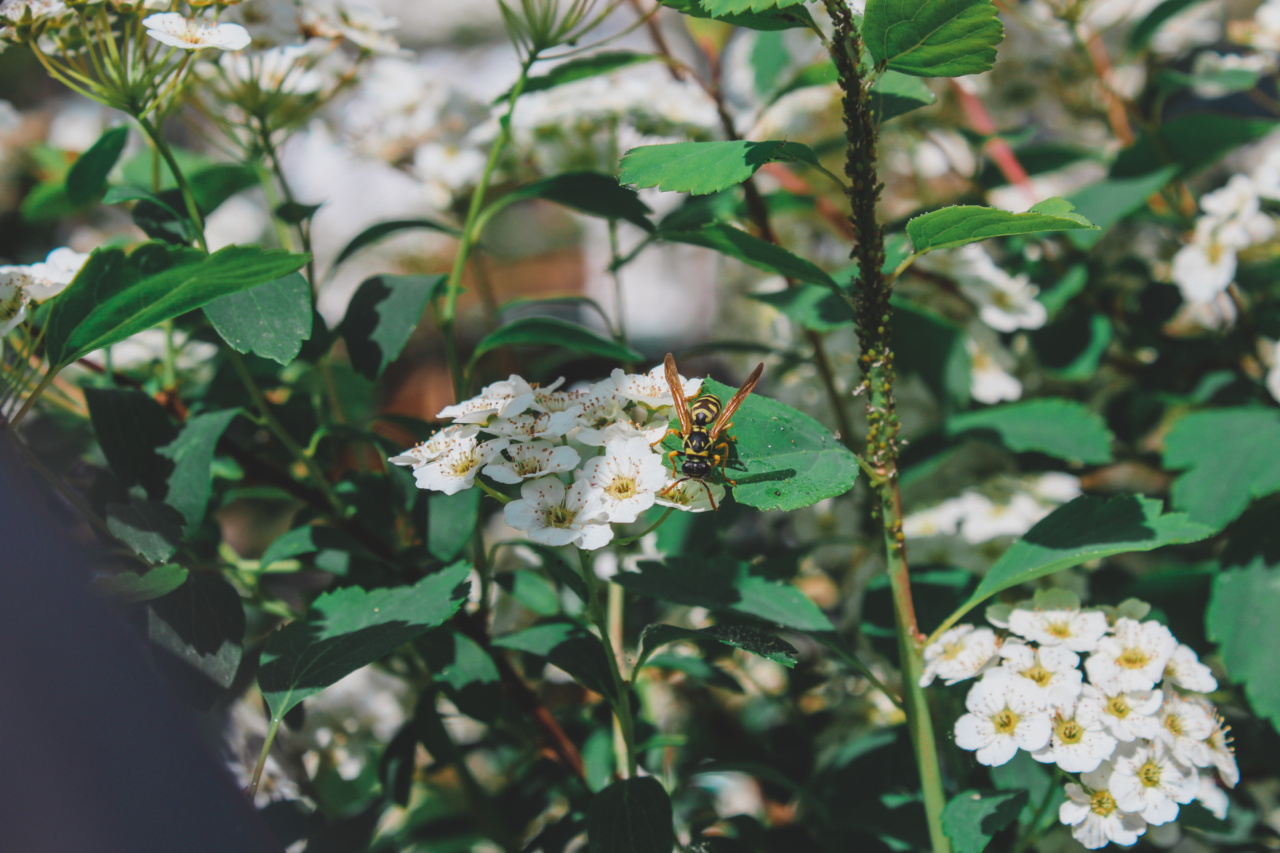A hornet sting occurs when a hornet injects venom into the skin using its stinger. Hornets are large, aggressive, wasp-like insects that belong to the Vespa genus. Their stings are painful and can cause swelling, redness, and intense discomfort.
While most hornet stings are not life-threatening, they can be dangerous for individuals who are allergic or have multiple stings. If you have been stung by a hornet, it is essential to alleviate the pain and reduce the inflammation. In this article, we will explore various ways to alleviate hornet sting pain effectively.
1. Remove the stinger
When a hornet stings, it leaves behind a stinger attached to a venom sac. It is crucial to remove the stinger promptly to prevent further venom injections. Avoid squeezing the venom sac, as it may release more venom into your system.
Gently scrape the stinger away from the skin using a credit card or a similar object.
2. Wash the area
After removing the stinger, clean the affected area thoroughly with mild soap and water. This helps prevent infection and removes any venom residue from the surface of the skin.
3. Apply a cold compress
Using a cold compress, such as an ice pack or a bag of frozen vegetables wrapped in a thin cloth, can help reduce pain and swelling. Apply the cold compress to the affected area for about 15 minutes at a time.
Ensure you have a barrier, like a cloth, between the cold compress and your skin to prevent frostbite.
4. Take over-the-counter pain relievers
If the pain is severe, consider taking over-the-counter pain relievers like acetaminophen or ibuprofen. These medications can help alleviate pain and reduce inflammation.
However, it is important to follow the recommended dosage and consult a healthcare professional if you have any underlying health conditions or are currently taking medication.
5. Use topical corticosteroids
If the sting causes significant inflammation and itching, topical corticosteroid creams or ointments can provide relief. These creams can be applied directly to the sting site and help reduce swelling, redness, and itching.
However, it is best to consult a healthcare professional before using any new medication.
6. Try an antihistamine
If you experience an allergic reaction to the hornet sting, such as hives, difficulty breathing, or swelling of the face and throat, it is crucial to seek immediate medical attention.
In non-allergic cases, over-the-counter antihistamines can help reduce itching and allergic symptoms, providing relief from discomfort.
7. Use a baking soda paste
Creating a paste with baking soda and water can help neutralize the acidic venom and alleviate pain and itching. Mix equal parts of baking soda and water to form a thick paste and apply it directly to the sting site.
Leave the paste on for 15-20 minutes before rinsing it off with water.
8. Honey and apple cider vinegar
Both honey and apple cider vinegar have anti-inflammatory properties that can help reduce pain and swelling from a hornet sting.
Apply a small amount of honey or apple cider vinegar directly to the affected area and leave it on for about 20-30 minutes before rinsing it off with water. This natural remedy can provide soothing relief.
9. Aloe vera gel
Aloe vera is well-known for its soothing and healing properties. Applying pure aloe vera gel directly to the hornet sting can provide cooling relief and help reduce inflammation.
You can use fresh aloe vera gel from the plant itself or opt for commercially available aloe vera gel products.
10. Consult a healthcare professional
If the pain, swelling, or allergic symptoms persist or worsen after trying home remedies, it is crucial to consult a healthcare professional.
They can assess the severity of the sting and provide appropriate medical treatment, such as prescribing stronger pain relievers or administering anti-inflammatory injections.































